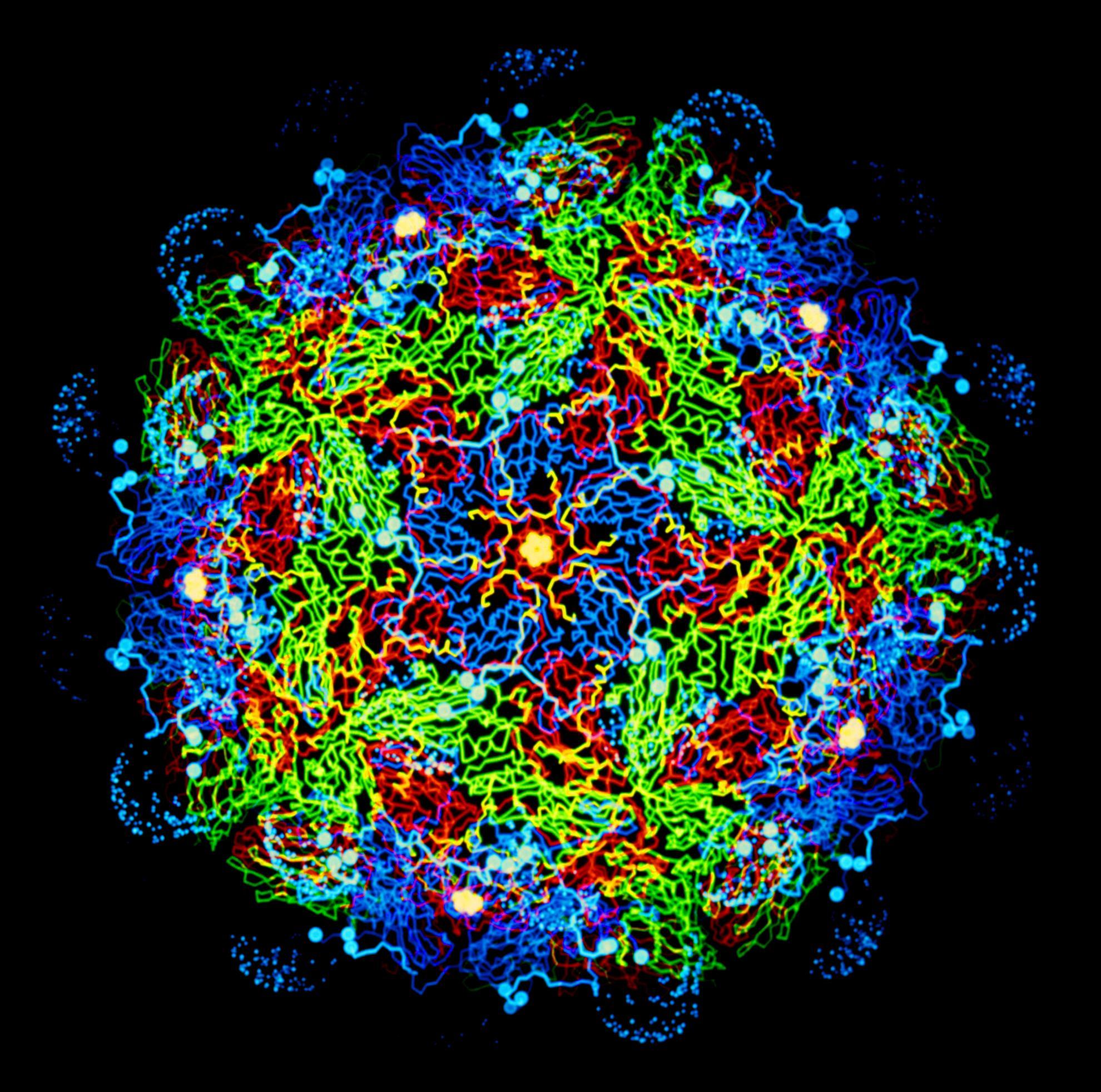Quantifying the relationship between within-host dynamics and transmission for viral diseases of livestock
Understanding the population dynamics of an infectious disease requires linking within-host dynamics and between-host transmission in a quantitative manner, but this is seldom done in practice. Here a simple phenomenological model for viral dynamics within a host is linked to between-host transmission by assuming that the probability of transmission is related to log viral titre. Data from transmission experiments for two viral diseases of livestock, foot-and-mouth disease virus in cattle and swine influenza virus in pigs, are used to parametrize the model and, importantly, test the underlying assumptions. The model allows the relationship between within-host parameters and transmission to be determined explicitly through their influence on the reproduction number and generation time. Furthermore, these critical within-host parameters (time and level of peak titre, viral growth and clearance rates) can be computed from more complex within-host models, raising the possibility of assessing the impact of within-host processes on between-host transmission in a more detailed quantitative manner.
